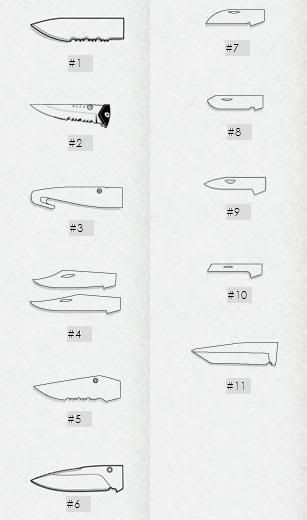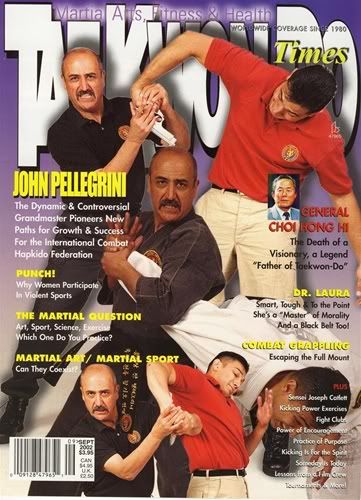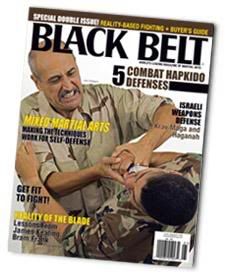In today's modern society the ease of acquiring an edged weapon and the likely hood of someone carrying and edged weapon is on the rise. This creates a need for you as a Combat Hapkido Self-Defense Practitioner to seriously prepare yourself against the possibility that the likely hood of you being assaulted by someone trying to get a one-up advantage against you with an edged weapon might be greater than if they were to assault you unarmed. To prepare yourself not only will the ICHF "Knife Disarming" Curriculum help you to get prepared, but you must also make yourself knowledgeable and familiar with knifes and their capabilities.
"Combat Hapkido - - Blog" will be spending this year of 2009 to include monthly blog articles, along with other subjects as well, to get Combat Hapkido Self-Defense Practitioners aware, prepared, knowledgeable, and motivated to be ready for the real threat that edged weapons pose in this modern age.
Below is the first blog article for this "year of the knife" to allow you to more easily identify the different types of edged blades, enjoy.

BLADE FEATURES
Serrated vs. Non-serrated Blades
Serrated
Serrations create a semi-saw on the sharp side of the blade. Ideal for a more aggressive cutting action like cutting wet line, cable or cord. Very popular depending on the use of the knife. The serrations also retain their ability to cut longer than a standard edge.
Non-serrated
The number one choice for a clean, precision cut. These blades also have a greater initial sharpness.
Partially serrated - #1, #2
A partially serrated blade offers both aggressive cutting action and precision.
Gutting/Skinning Hook - #3
For great performance when field dressing game, a gut or skinning hook is an ideal tool.
BLADE SHAPES
Clip - #4
The clip refers to the length and angle of the concave curve on the non-cutting portion of the point of the blade. A regular ‘clip’ has a short, pronounced curve. A “California clip has a longer, gentler curve. The “Turkish clip” has a very elongated curve.
While the point of the blade is effective for detail work, it’s not as strong as the thicker part of the blade.
Modified Clip - #5
A very popular design with high-tech, one-hand opener knives. Shapes vary.
Drop-Point - #6
This blade has a gentle, sloping convex curve to the point versus the concave curve of the clip blade. Being thicker, this blade point is stronger for heavier tasks. It stands up to abuse well, but isn’t as effective for easy penetration.
Additional Blade Shapes
Sheepsfoot - #7
This blade gets its name from the shape of the point, which resembles sheep’s hoof. The distinctive, flat, straight-line cutting edge and rounded point gives a clean cut, especially on a flat surface.
Spey - #8
Just like it sounds, this blade was originally developed to spey farm animals. The somewhat blunt point avoids poking through a surface and the overall blade configuration is well suited for skinning sweeping knife strokes.
Pen or Spear - #9
Spear points are more popular in Europe, while in America the clip blade is the preferred option. This is an example of a smaller version of the larger “spear point” blade. Typically, you’ll find a “pen” blade on pocket knives. It’s a handy, all purpose blade originally developed to trim quill pens.
Coping - #10
A narrow blade with a sharp, angular point, almost like a miniature sheepsfoot blade. The coping blade is designed to be used for cutting in tight spots or curved patterns, much as you would with a coping saw, only without the teeth.
Tanto - #11
The “tanto” comes from a traditional Japanese design dating back to feudal Japan. The angled grind from the edge to the tip is much heavier and stronger than other blade styles. It is used for piercing hard/tough materials as well as prying or scraping.













